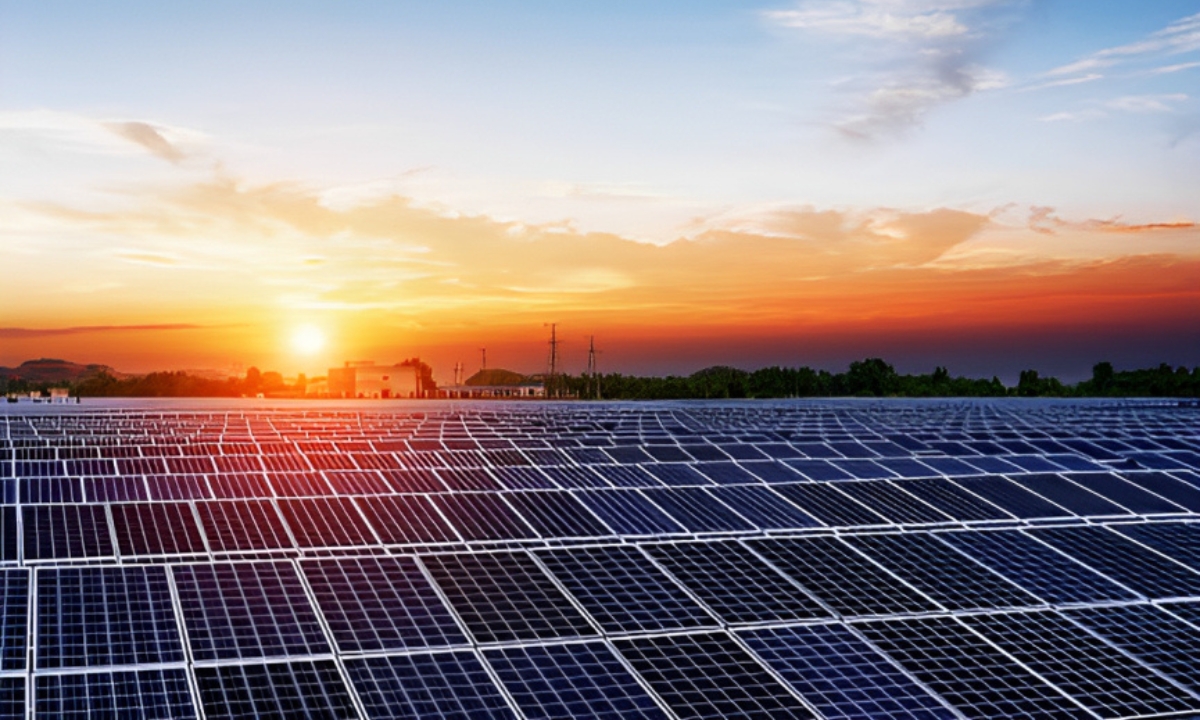The Power Sector in India Growth 2025: A Diverse and Dynamic Landscape

India’s power sector stands as one of the most diverse in the world, boasting a range of power generation sources from traditional fuels like coal, lignite, natural gas, oil, hydro, and nuclear power, to more sustainable, non-conventional sources such as wind, solar, and even agricultural and domestic waste. The electricity demand in India has seen significant growth and is anticipated to continue rising in the coming years, necessitating substantial increases in installed generating capacity to meet the burgeoning needs.
Table of contents
A Snapshot of India’s Power Sector
As of May 31, 2024, India ranks as the third-largest producer and consumer of electricity globally, with an impressive installed power capacity of 444.77 GW. By December 2023, the breakdown of installed generation capacity was 51% for the private sector, 24% for the central sector, and 25% for the state sector.
Fossil fuels, especially coal, remain the backbone of power generation, contributing 75.82% to the total capacity. Renewable energy sources like wind and solar, along with hydro energy, contribute about 15% and 6.37%, respectively.
Despite coal’s dominant role in meeting around 50% of the country’s primary commercial energy requirements, its sustainability from an environmental perspective is a growing concern. Reflecting global trends, India is progressively shifting its demand-supply equation towards renewable sources to enhance environmental sustainability.
Also Read: Iron and Steel Industry Growth in India
Financial Performance of the Power Sector
In the fiscal year 2024, the top listed companies by market capitalization in the power sector generated net sales of ₹4,13,301.29 crore, a 7.27% increase from ₹3,85,277.36 crore in FY23.
Among the key players, Adani Power, Adani Energy, Tata Power, and JSW Energy led the sales growth, driven by escalating power demand. The sector’s operating profit stood at ₹1,69,965.28 crore, marking a 17.94% year-over-year growth from ₹1,44,134.78 crore. The net profit reached ₹69,736.77 crore in FY24, up by 18.54% from ₹58,873.10 crore in FY23.
Future Outlook and Growth Trajectory
In FY23, India’s per capita electricity consumption was 1,255 kWh, which is significantly lower than the world average and one-fifth of China’s average. However, this figure is set for substantial growth, propelled by the central government’s initiatives to enhance last-mile connectivity and the states’ commitment to ensuring reliable, round-the-clock power.
As of May 31, 2024, India’s installed renewable energy capacity, including hydro, was 201.07 GW, accounting for 45.20% of the overall installed power capacity. Solar energy contributed 64.28 GW, followed by 46.42 GW from wind power, 5.01 GW from small hydropower, and 46.23 GW from hydropower.
FY23 witnessed the highest growth rate in power generation in over 30 years, increasing by 6.80% to 1,452.43 billion kilowatt-hours (kWh) as of January 2024. The peak power demand reached 243.27 GW in January 2024.
Also Read: The electrifying future of India
Transformative Decade Ahead
The current decade (2020-29) is poised to be transformative for the Indian electricity sector in terms of demand growth, energy mix, and market operations. The Central Electricity Authority (CEA) projects India’s power requirement to soar to 817 GW by 2030. By 2029-30, the CEA estimates that renewable energy’s share of generation will rise from 18% to 44%, while thermal energy’s share is expected to drop from 78% to 52%.
The government aims to establish a renewable energy capacity of 500 GW by 2030. This shift underscores a significant transformation within the power sector, aligning with India’s broader economic expansion and increasing electricity demand. Future investments are likely to benefit from robust demand fundamentals, policy support, and a growing government focus on infrastructure.
Conclusion
India’s power sector is undergoing a remarkable transition. With a commitment to increasing renewable energy capacity and reducing reliance on fossil fuels, the sector is steering towards a more sustainable future. As the country continues to expand economically, the power sector’s growth will be crucial in ensuring reliable and sufficient electricity access for all, paving the way for a brighter and more sustainable future.



